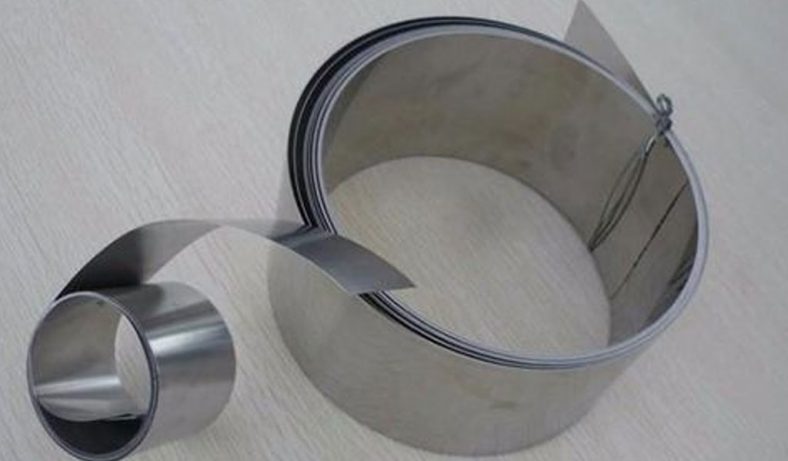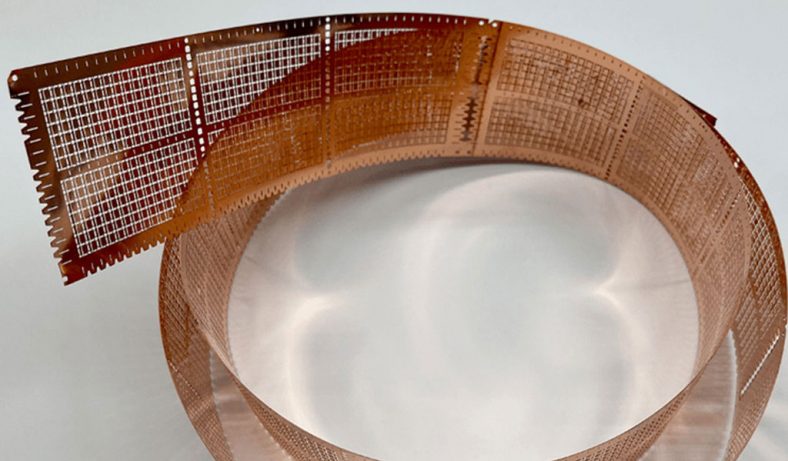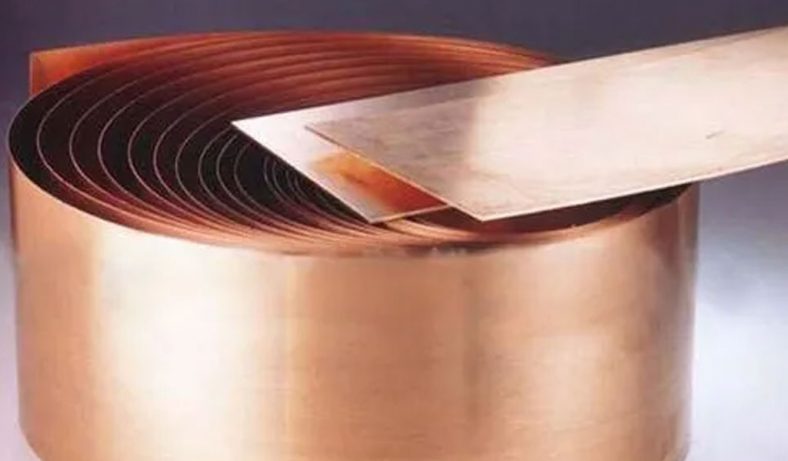Metal etching stencils are essential tools in the process of metal etching, a technique that involves creating designs, patterns, or textures on metal surfaces through the use of chemical, mechanical, or laser processes. This process is widely used across various industries, including electronics, aerospace, automotive, and decorative arts, for creating precise, durable, and intricate designs on metal substrates.
Etching, in its most basic form, is a process that involves the selective removal of material from a surface to create an image or pattern. In metal etching, this is typically achieved by applying an acid or other etching agent to a metal surface, where areas of the metal not protected by a stencil or resist will be etched away. The process allows for a high level of detail and precision, making it a valuable technique in many applications.
The term “stencil” in metal etching refers to a template or mask used to protect certain areas of the metal surface from the etching solution. The design or pattern to be etched is typically cut into the stencil, allowing for the selective removal of material only from the exposed areas. Stencils can be made from various materials, including plastic, paper, or metal, depending on the specific requirements of the etching process.
Types of Metal Etching Stencils
There are several types of metal etching stencils, each suited for different applications. The most common types include:
- Pre-Cut Stencils: These stencils are created by cutting out shapes or patterns from a sheet of material, typically using a laser or mechanical cutter. Pre-cut stencils are highly precise and are often used for mass production where identical patterns are required.
- Resist Film Stencils: In this method, a thin film of resist material is applied to the metal surface. The design is then transferred onto the resist film, often through a photographic process, leaving areas that will not be etched. Resist film stencils are commonly used in electronic and microfabrication industries for creating intricate, high-resolution patterns.
- Masking Tape Stencils: This simple form of stencil involves the use of masking tape to create a pattern on the metal surface. The tape is applied to the metal, and areas not covered by tape are etched. This method is typically used for smaller-scale projects or DIY etching.
- Laser-Cut Stencils: Laser cutting is a highly accurate method for creating stencils. Laser-cut stencils are often used for more complex or delicate designs and are widely employed in industries that require fine detail, such as the medical or aerospace fields.
- Chemical Etch Masks: These masks are typically made from a durable, non-corrosive material that is resistant to etching chemicals. The mask is applied to the metal surface, and the areas that are not covered by the mask are exposed to the etching solution. Chemical etch masks are often used in conjunction with photoresist or other advanced etching methods.
- Photoresist Stencils: A photoresist is a light-sensitive material applied to the metal surface. A photographic process is used to transfer the design onto the resist. The exposed areas of the resist are chemically treated to make them soluble in a developer solution, while the unexposed areas remain intact, protecting the metal from the etching solution.
Materials Used for Metal Etching Stencils
The material used for a stencil depends on several factors, including the type of metal being etched, the intricacy of the design, and the method of etching being employed. Some of the most common materials used to create metal etching stencils include:
- Plastic: Plastic stencils are popular due to their flexibility, durability, and ease of use. They are commonly used for decorative etching on soft metals like aluminum and brass. Plastic stencils can be cut using a variety of methods, including laser cutting, die cutting, or manual cutting.
- Paper: Paper stencils are often used for one-time or small-scale etching projects. They are easy to create and can be cut by hand or with a computer-controlled cutter. Paper stencils are not as durable as plastic or metal stencils, but they can be effective for temporary etching applications.
- Metal: Metal stencils, typically made from stainless steel or other corrosion-resistant materials, are used in industrial etching processes where the stencil needs to withstand the etching chemicals. These stencils are highly durable and can be used for long-term or high-volume etching processes.
- Vinyl: Vinyl stencils are flexible and can be cut with high precision using laser cutters or plotters. They are widely used for etching projects that require both durability and fine detail. Vinyl is often used in conjunction with resist-based etching methods.
- Rubber: Rubber stencils are often used in situations where a flexible, reusable stencil is needed. Rubber stencils are commonly used in industries that require repetitive etching or where stencils need to be easily replaced or adjusted.
- Resist Films: As mentioned earlier, resist films are an important material used in photolithographic etching methods. These films are typically thin layers of light-sensitive polymers or resins that can be applied to the surface of the metal before etching.
The Role of Stencils in Metal Etching
Stencils play a crucial role in the metal etching process, as they are used to define the areas that will be etched and to protect the areas that should remain unaltered. The stencil acts as a barrier between the etching solution and the metal, allowing only the exposed areas to be affected by the etching agent.
The precision of the stencil directly impacts the quality of the final etched design. A high-quality stencil will ensure that the etched pattern is sharp and accurate, with well-defined lines and edges. The use of stencils is particularly important in industries such as electronics, where minute details and precision are required for functionality and performance.
In addition to protecting specific areas of the metal, stencils also help control the depth and uniformity of the etch. The stencil can be designed to create shallow or deep etching effects, depending on the desired result. Stencils can also be used to create textures, patterns, and even three-dimensional effects on the metal surface.
Methods of Applying Metal Etching Stencils
The application of metal etching stencils varies depending on the type of stencil and the etching method being used. The general process typically involves the following steps:
- Preparing the Metal Surface: The metal surface must be cleaned and prepared before applying the stencil. This typically involves removing any dirt, oil, or oxidation that may interfere with the etching process. Common cleaning methods include abrasive cleaning, acid washing, or ultrasonic cleaning.
- Applying the Stencil: The stencil is applied to the prepared metal surface, either by adhesive, heat, or mechanical fastening. In some cases, the stencil may be directly etched onto the metal surface using laser engraving or other techniques. The stencil must be carefully aligned to ensure that the design is correctly positioned on the metal.
- Etching: Once the stencil is in place, the metal is exposed to an etching solution. The type of etching solution used depends on the metal and the desired effect. Common etching agents include acids (such as nitric acid or ferric chloride), alkaline solutions, or laser energy. The etching solution will remove the exposed areas of the metal while leaving the areas covered by the stencil untouched.
- Removing the Stencil: After the etching process is complete, the stencil is removed, revealing the finished design. The metal may undergo additional cleaning or finishing steps to remove any residue from the etching process and to enhance the appearance of the etched surface.
- Finishing: Depending on the desired final effect, the etched metal may undergo additional treatments such as polishing, anodizing, or coating. These finishing steps help to protect the metal and enhance the appearance of the etched design.
Applications of Metal Etching Stencils
Metal etching stencils are used in a wide range of industries for various applications. Some of the most common uses include:
- Electronics: In the electronics industry, metal etching stencils are used to create precise patterns on circuit boards, microchips, and other electronic components. These stencils enable the production of small, intricate features that are essential for the performance of electronic devices.
- Aerospace: In aerospace, metal etching stencils are used to create designs on components such as turbine blades, engine parts, and instrumentation panels. The stencils allow for the creation of lightweight, high-precision parts that are critical for the safety and performance of aircraft.
- Medical: Metal etching stencils are used in the medical industry to create components for surgical instruments, implants, and diagnostic devices. The precision of the etching process is critical in ensuring the functionality and safety of these medical devices.
- Automotive: In the automotive industry, metal etching stencils are used to create patterns on components such as engine parts, decorative trim, and interior elements. The ability to create intricate designs on metal surfaces adds aesthetic value and functionality to automotive products.
- Decorative Arts: Metal etching stencils are also used in the creation of decorative metal art, jewelry, and custom products. These stencils allow for the production of unique and intricate designs that add value to the final product.
- Military and Defense: In military and defense applications, metal etching stencils are used to create identification markings, serial numbers, and other critical information on equipment and vehicles. The stencils ensure that the markings are durable and legible under harsh conditions.
Advantages of Metal Etching Stencils
The use of metal etching stencils offers several advantages, including:
- Precision: Stencils allow for the creation of highly detailed and accurate designs on metal surfaces. This precision is essential in industries such as electronics and aerospace, where even small deviations can have significant impacts on performance.
- Versatility: Metal etching stencils can be used with a variety of metals and etching solutions, making them suitable for a wide range of applications. Stencils can also be used to create both two-dimensional and three-dimensional designs.
- Cost-Effectiveness: Once a stencil is created, it can be used repeatedly, making the etching process more cost-effective for mass production. The ability to create complex designs without the need for expensive molds or tooling also contributes to cost savings.
- Durability: Stencils made from materials such as metal or vinyl are durable and resistant to wear, ensuring that they can be used for high-volume etching without degradation.
- Customization: Metal etching stencils can be customized to suit specific project requirements. This flexibility makes them ideal for industries that require bespoke designs or patterns.
Conclusion
Metal etching stencils are an integral component of the metal etching process, enabling the creation of precise and intricate designs on a variety of metal surfaces. Their versatility, durability, and ability to produce high-quality results make them indispensable in industries ranging from electronics and aerospace to medical and decorative arts. As technology continues to advance, metal etching stencils will remain a critical tool for achieving detailed, high-performance metal products.































